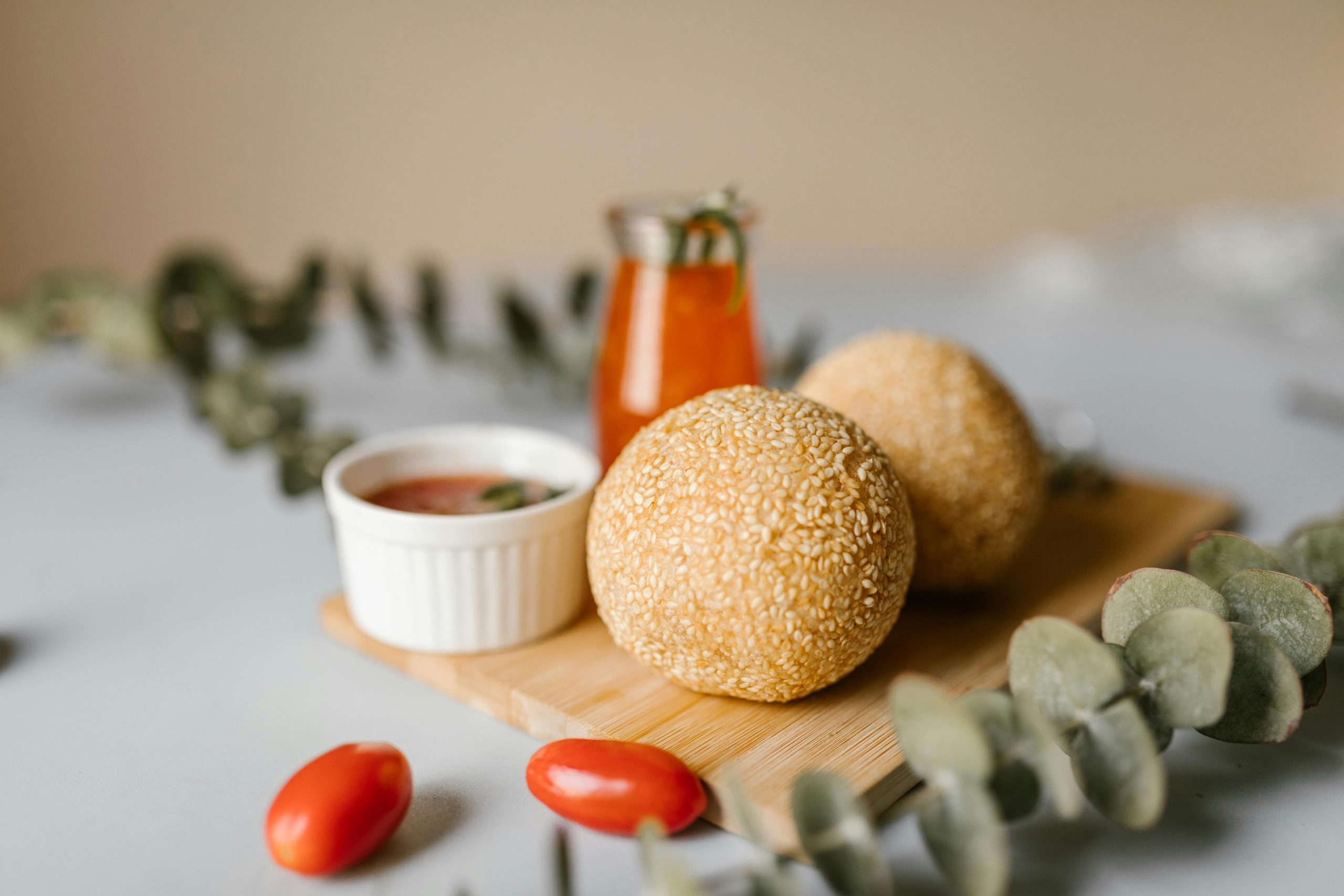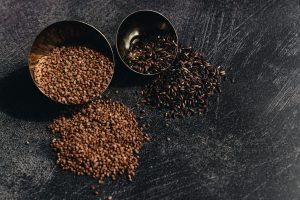The Techniques Behind Perfectly Crispy Fried Foods
If you’re a fan of fried foods, you know that there is nothing quite like the satisfying crunch of perfectly crispy batter. From classic dishes like fried chicken and French fries to more adventurous choices like fried pickles and tempura vegetables, the appeal of fried foods is undeniable. But have you ever stopped to wonder what exactly makes these fried delicacies so crispy and delicious? In this article, we’ll delve into the techniques behind achieving perfectly crispy fried foods and how you can replicate them in your own kitchen.
The Science of Crispy Fried Foods
Before we dive into the techniques, it’s important to understand the science behind achieving a crispy texture in fried foods. The crispiness of fried foods comes from a combination of factors, including temperature, moisture, and a chemical reaction called the Maillard reaction.
Temperature
The first key element in creating crispy fried foods is the temperature of the oil. Generally, the oil should be heated to between 350-375°F (or 175-190°C). If the oil is too cool, the food will absorb too much oil and become soggy. On the other hand, if the oil is too hot, the food will cook too quickly and not have enough time to develop a crispy exterior.
Moisture
Another important factor in achieving crispiness is the moisture content of the food. When food is placed in hot oil, the moisture inside turns to steam, creating a barrier between the oil and the food. This barrier helps to keep the oil from penetrating the food, resulting in a crispy exterior.
The Maillard Reaction
Finally, the Maillard reaction plays a crucial role in creating that delicious golden brown crust on fried foods. This chemical reaction occurs when heat is applied to amino acids and reducing sugars, resulting in the browning and caramelization of the food’s surface. The longer the food is in contact with hot oil, the more pronounced the Maillard reaction and the crispiness will be.
The Techniques for Perfect Crispy Fried Foods
1. Use the Right Oil
The type of oil used for frying can make a big difference in the crispiness of your food. Certain oils, like canola and vegetable oil, have a high smoke point, which means they can be heated to a higher temperature without burning. This makes them ideal for frying. On the other hand, oils with a lower smoke point, such as olive oil, are better suited for sautéing and should be avoided when frying.
2. Choose the Right Batter or Coating
The type of batter or coating used for fried foods can also impact their texture. A batter made with a combination of flour and cornstarch will create a lighter and crispier crust compared to one made with only flour. Coatings, such as panko breadcrumbs or crushed crackers, also add an extra layer of crunch to fried foods. Just make sure to season your batter or coating well to enhance the flavor of your food.
3. Dry Your Food Before Frying
Before placing your food in the hot oil, make sure to pat it dry with a paper towel. This will remove any excess moisture on the surface of the food, allowing it to develop a crispier crust. This step is especially important when frying vegetables, as they tend to have a higher water content.
4. Don’t Overcrowd the Pan
One of the most common mistakes when frying food is overcrowding the pan. When too much food is added to the oil at once, the temperature will drop, resulting in soggy and greasy food. To avoid this, fry your food in batches, allowing enough room for the pieces to move around and cook evenly.
5. Use a Deep-Fryer or a Heavy-Bottomed Pot
Using a deep-fryer or a heavy-bottomed pot for frying will help to maintain a consistent temperature, which is crucial for a crispy exterior. If using a pot, use a deep enough one to prevent the oil from splattering and catching fire. And always use a thermometer to monitor the temperature of the oil.
6. Drain Your Food Properly
Once your food has finished cooking, transfer it to a wire rack or paper towel-lined plate to drain off any excess oil. This will help to keep your food crispy by preventing it from becoming soggy from the oil.
Conclusion
There you have it, the techniques behind achieving perfectly crispy fried foods. By following these tips and tricks, you can recreate your favorite fried dishes at home with ease. Just remember to pay attention to temperature, moisture, and the Maillard reaction, and you’ll have perfectly crispy fried foods every time.










